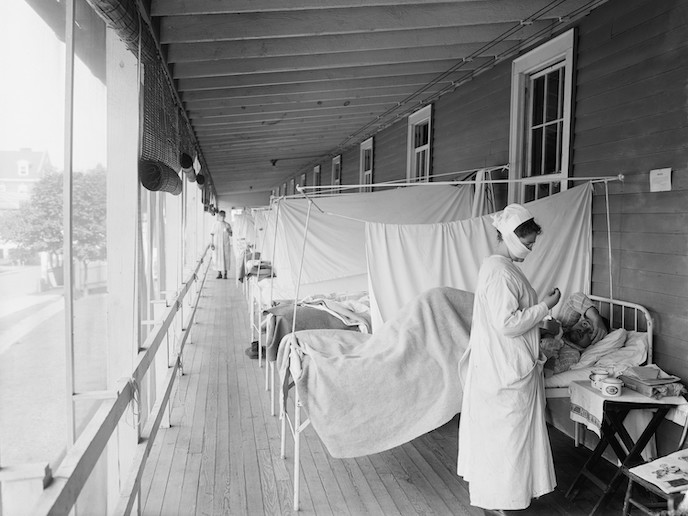Webinar video available

Catch up on the latest webinar with Madeleine Mant from the University of Toronto Mississauga, who presented “Going Viral: COVID-19 and Risk in Young Adult Health Behaviour Models.”
https://drive.google.com/file/d/1vSYEgDcwWGFr_o7dAYI86V1Ds7vROGYO/view?usp=sharing
And other previous webinars here:







